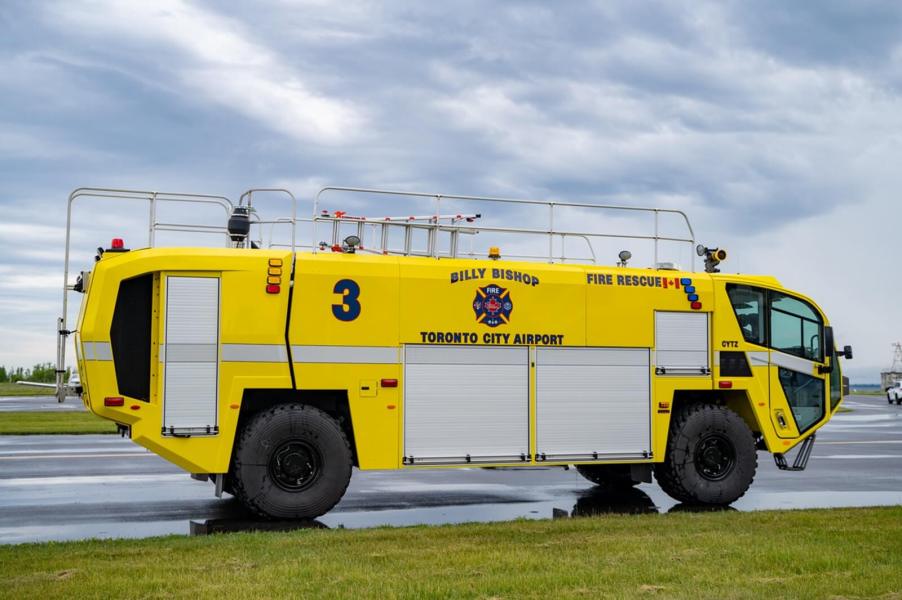
4 Cool Firefighting Trucks You Didn’t Know Existed
Firefighting isn’t as simple as dousing flames with water. No, dear reader. It requires very specific, very capable vehicles to get the job done. In fact, there are a few firefighting trucks beyond the big red truck that fire department professionals use that you might not know about.
Some firefighting vehicles are straight-up bizarre.
Firefighting trucks extend beyond the fire engines everyone is used to seeing on their streets
Firefighters are more than the guys you call when your Thanksgiving cooking project goes horribly, spectacularly wrong. They’re professional problem solvers. Chicago Fire Department (CFD) Deputy Chief John Eversole summed it up well. “Nobody calls the fire department and says, ‘Send me two dumb-ass firemen in a pickup truck.’ In three minutes they want five brain-surgeon decathlon champions to come and solve all their problems.”
As such, firefighters need trucks that can handle every emergency from fires in high-rise buildings to toxic chemical spills. Here are just a few of the tools of the trade you might not know about.
- Aerial apparatus
- HAZMAT apparatus
- Airport firefighting apparatuses
- Rescue truck
Have you ever seen a firefighting truck with two drivers? Nope, it’s not a trick question. Some aerial apparatuses have a driver up front and a rear-seat driver to control the rear section of the vehicle with the ladder. After all, some aerial ladder systems are over 100 feet long.
In addition to fighting fires, firefighters in my former department were typically hazardous materials (HAZMAT) technicians. To handle hazardous materials like chemical spills, we used a specially-equipped HAZMAT truck with tools like monitoring equipment and personal protective equipment (PPE).
As you might imagine, fighting fires and controlling spills at airports is an essential safety task for everyone. After all, jet fuel can burn at well over 1,000 degrees Fahrenheit. To keep our nation’s airports safe, some airport fire agencies field special aircraft rescue and firefighting (ARFF) vehicles featuring dry chemical agents and foam.
Finally, fire engines often respond to motor vehicle accidents (MVAs). However, many departments nationwide also send heavy rescue trucks. These trucks feature equipment like shoring systems to stabilize wrecks for first responders to conduct rescues.



